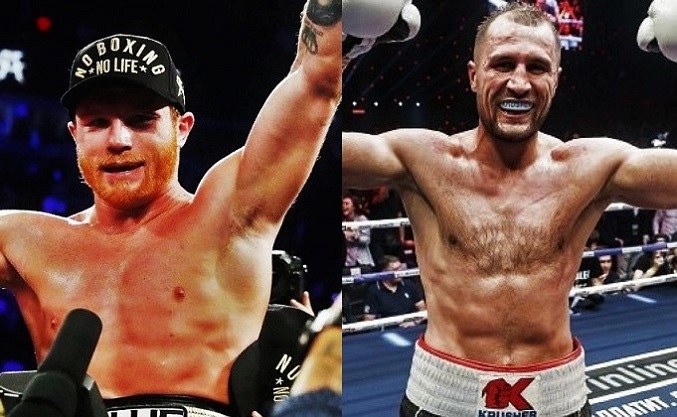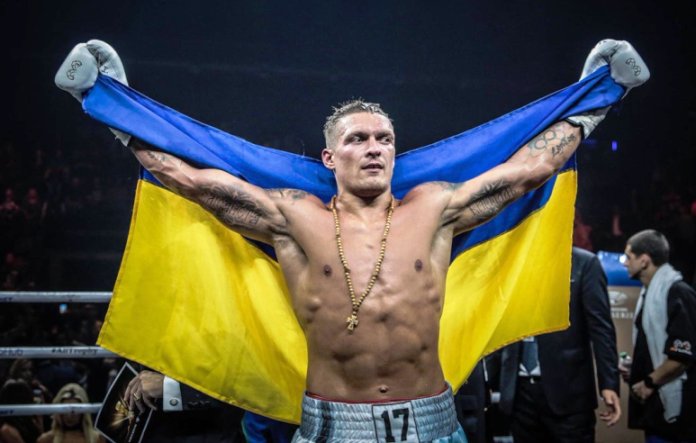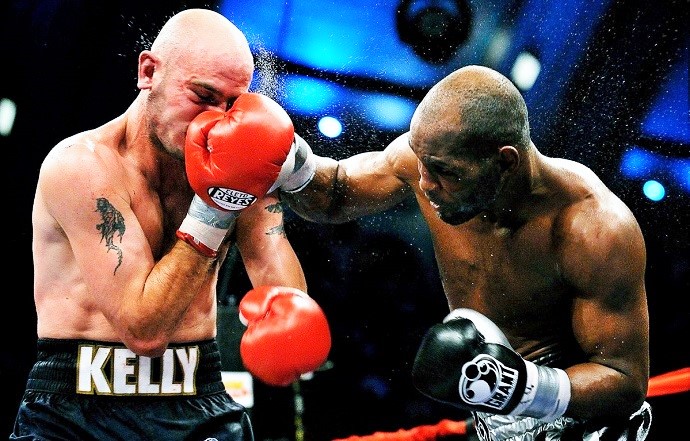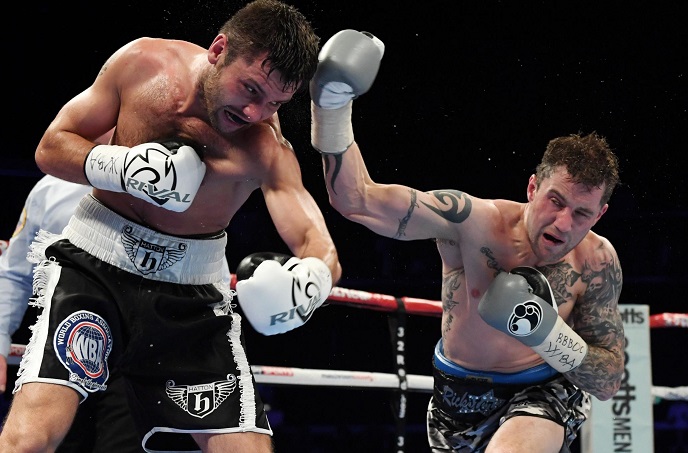Kovalev vs Canelo: Searching For Answers
On Saturday night reigning middleweight king Saul “Canelo” Alvarez will challenge light heavyweight titlist Sergey “Krusher” Kovalev in a bid to become world champion in a third weight class. It will be the highest profile meeting between reigning middleweight and light heavyweight champions since the finest boxer of all time, Sugar Ray Robinson, succumbed to Joey Maxim (and heatstroke) in their fight of 1952. While Saturday’s meeting doesn’t carry the stakes that Robinson vs Maxim did—how could it when Kovalev is only one of three current ‘champions’ at 175 pounds?—the fact Kovalev vs Canelo is here tells us as much about the current boxing landscape as it will tell us about the qualities of either competitor come fight night.
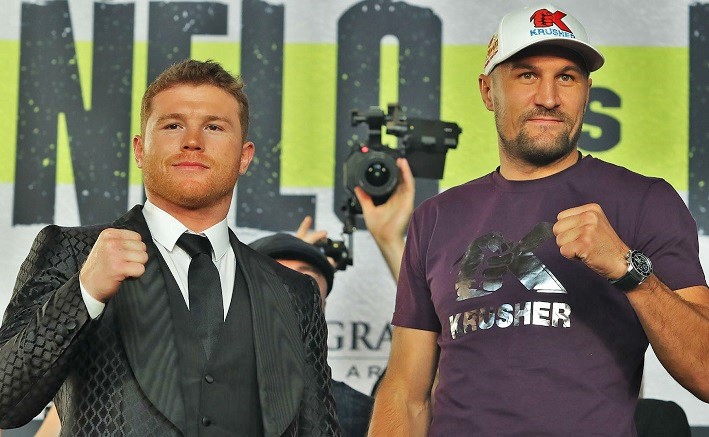
Kovalev vs Canelo (billed as Canelo vs Kovalev by broadcaster DAZN, in deference to The Rainmaker) will also mark, almost to the day, the 14th anniversary of Canelo’s professional boxing career, which he embarked on at the age of fifteen. At 29-years-old, the Mexican has been punching people for a living for over half his life, and he has become so popular while doing it that last year he was awarded a contract worth over a third of a billion dollars to keep doing it. Make no mistake, he currently holds the official designation as Boxing’s Biggest Star.
However, it remains something of a mystery exactly how and why Canelo earned that coveted title. While his talents as a boxer are indisputable, with many pundits placing him high on the inescapable pound-for-pound lists, the only thing such lists have in common is that Canelo does not occupy the top spot. And if we’re looking to justify his massive popularity based on his personality or fighting style, his all-business demeanor during interviews and media events, complemented by a counter-punching approach inside the ring, make it impossible to describe Alvarez as charismatic, charming or even an all-action hero.
In fact, the redhead’s public persona is that of a meticulous, thoughtful careerist. Carrying himself the same way outside the ring as he does inside of it, as a highly ambitious, ruthlessly efficient operator who strives not only for results—which include both profits and ring achievements—but also for control, Canelo has managed to assemble the most successful career of anyone from his generation. Coupling regular eight-figure paychecks with a record that doubles as a who’s-who of the sport, the Jalisco native is already a surefire Hall of Famer while still in his twenties.
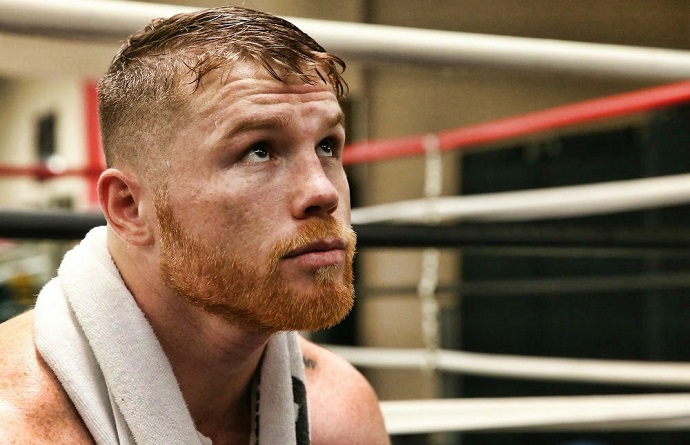
But perhaps more impressive than his achievements is the manner in which Canelo has accomplished them. In his mission to build his legacy—or as he calls it, to make history—he has time and again exerted his will over those who seek to control him and stand to profit from him; this is something rarely witnessed in an industry that, to paraphrase Mike Tyson, consists of little more than peddling flesh. Despite his contractual ties to Golden Boy Promotions and broadcasters like HBO and later DAZN, Canelo has not shied away from taking the reins when he feels it necessary. This stands in sharp contrast to the way the rest of boxing’s current big names handle their business.
To outsiders it may seem like a no-brainer that a boxing star with certified appeal should be in full control of his career, but one does not need to look far to find myriad counter examples. Pound-for-pound talent Terence Crawford has failed to entice fellow elite fighters into the ring with him, instead contenting himself with feasting on whatever unlucky victims promoter Bob Arum lines up. Similarly, the big names aligned with Al Haymon’s Premier Boxing Champions, which include Errol Spence Jr, Deontay Wilder and Leo Santa Cruz, all boast of being treated fairly and being set up for a life after boxing, which is great for them, but carries the cost of them having little to no say in matchmaking, which doubtlessly makes them miss out on big fights that their handlers are either unable or unwilling to produce.
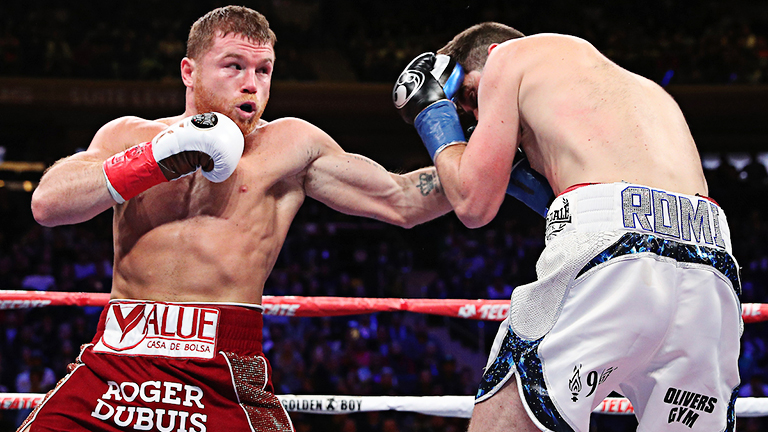
With all the money and power he has accrued, Canelo has made it abundantly clear he will not be dictated to or rushed by anyone. Not by Golden Boy—who generates most of their revenue from Canelo’s fights; not by DAZN—contractually on the hook for the aforementioned third-of-a-billion; not even by the calendar—in the end, missing out on the chance to fight on Mexican Independence weekend this year just meant trading one Mexican holiday for another: Kovalev vs Canelo will now take place on Dia de Muertos instead of Dieciseis de Septiembre.
But what really shows us how far Canelo is willing to go to get what he wants lies not so much on the postponement of his second fight of 2019, but on who he’s fighting. From a matchmaking perspective, it’s been widely reported Golden Boy’s top brass were not happy with the idea of Canelo climbing two weight divisions to challenge a dangerous puncher in Kovalev. Nevertheless, just as his relationship with promoter Oscar De La Hoya reached a new low, Saul pushed for his preferred match until it came to fruition, proving he cares as much about his promoter’s objections as he does about DAZN’s entire business plan relying on him fighting Gennadiy Golovkin a third time.
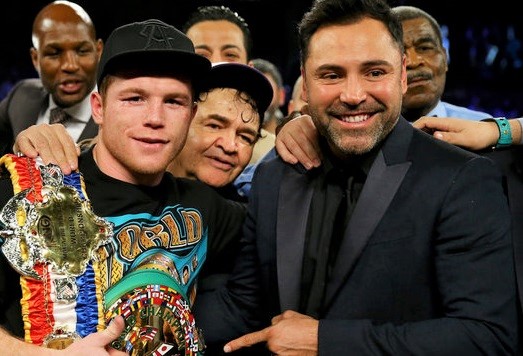
Speaking of the business side, it’s worth noting the practical obstacles that could have made Kovalev vs Canelo a non-starter, obstacles which stop so many other compelling fights from ever happening. These include Kovalev being signed to a rival promoter in Kathy Duva’s Main Events; Bob Arum’s Top Rank also having a piece of Kovalev; not to mention the fact the Russian is contractually aligned with ESPN, one of DAZN’s major adversaries. All those obstacles were overcome by the involved parties at the behest of Boxing’s Biggest Star, thus making this weekend’s main event a reality.
Beyond the politics that surround Kovalev vs Canelo, what makes it an attractive matchup is that it can be looked at in a number of different ways. One way is as a confrontation between two hard-punching, skilled fighters with a proven track record at the championship level against some of the toughest competitors of their time. It can also be looked at as a stiff test for Canelo—arguably the toughest of his career—as he is climbing not one, but two weight divisions and a full fifteen pounds to challenge the light heavyweight titlist with, overall, the most impressive record. On the flipside, a more jaded take is that Canelo is challenging an ageing belt holder, one who has lost three of his last seven fights—two of them by knockout, thus seeking an “impressive” win against a carefully picked opponent.
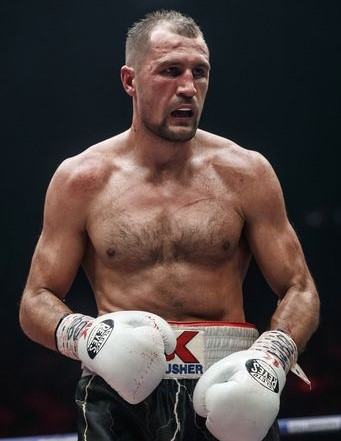
All three perspectives are based on facts, and while they seem to be in conflict with each other, they are all valid to an extent. The truth is that despite Canelo’s best attempts to portray his first foray into 175 pounds as history in the making, it is merely a testing of the light heavyweight waters dressed up as a big event. Last year already provided evidence that Canelo is looking beyond the middleweight horizon: in December the Mexican moved up to super middleweight to meet Rocky Fielding, who conceded a minor ‘title’ belt after enduring just short of nine minutes of Canelo’s body shots. Compared to that, Canelo climbing up the scales to meet Kovalev easily passes for scintillating matchmaking, even if Artur Beterbiev’s emphatic win a couple of weeks ago makes it clear the road to the light heavyweight championship goes through him.
Interestingly, odds makers have a straightforward take on this weekend’s main event, making Canelo a clear four-to-one favorite. But those odds may reflect the expectation of a cautious fight that goes the distance, and are no doubt pricing in the Mexican’s considerable pull with Nevada judges. On the other hand, if what unfolds on Saturday is a more lively affair, does that really decrease Canelo’s chances? After all, at age 36, coming off a tough fight with Anthony Yarde less than three months ago that added to an already timeworn odometer, and with a reputation for abusing his liver while not in camp, Kovalev’s mileage justifiably raises questions. Canelo, with his precise power-punching and punishing body shots, could be meeting the Russian at the perfect time to drag him into deep waters, despite being the smaller guy.
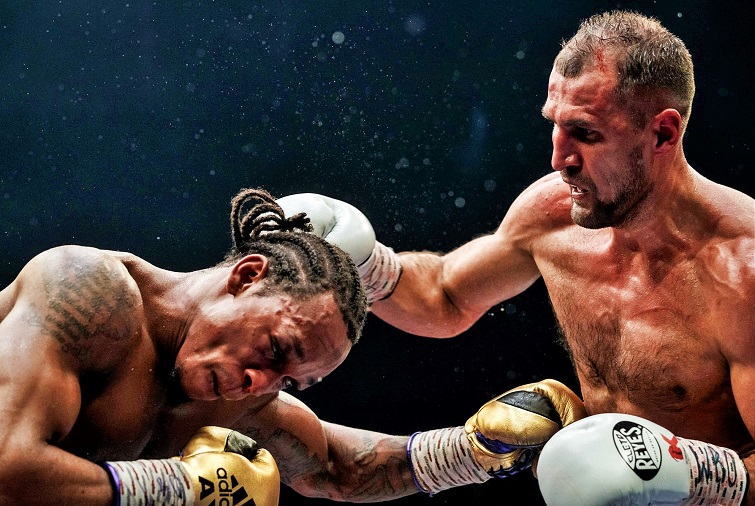
Alvarez, for his part, will have to deal with a significant size disadvantage against a proven champion and all the complications that represents. Kovalev possesses an excellent jab, as demonstrated in his most recent fight against Anthony Yarde, whom he wore out and even finished off with his left stick. And the Russian’s advantages in height and reach over the Mexican further enhance the role his jab could play in the fight. If Kovalev succeeds in keeping Canelo at a distance and frustrating him by refusing to give him an easy target—a strategy which trainer Buddy McGirt has deployed for the two fights he’s been in the Russian’s corner—it could lead to opportunities in the late stages for Kovalev to unload with both of his heavy hands. At that point the question will be whether Canelo can withstand the Russian’s power and fire back with his own artillery, or whether his quest for legacy has taken him one bridge too far.
The possibility of either scenario playing out should be reason enough to tune into what should be a tense, perhaps dramatic, affair. Nevertheless, a third possibility exists, that being a brainy chess match which refuses to give up the spotlight to outright violence. To guarantee relevance beyond this weekend’s fight, Kovalev would be wise to stick to McGirt’s advice and box the shorter Canelo from a distance, focusing on sticking out his left fist as often as he can, much as he did in his rematch with Eleider Alvarez earlier this year. At the same time, there’s little reason to believe Alvarez would take significantly more chances than usual, or increase his output dramatically, against the biggest opponent he’s ever faced. We can reasonably expect the Mexican to pace himself by fighting in short bursts, countering in spots, and focusing on winning the fight one round at a time.

That said, to earn a victory Canelo will have to take some risks, specifically to maneuver his way inside the Russian’s long jab so he can pound his midsection. In addition, he will have to land enough eye-catching shots on his opponent’s head to sway rounds in his favor. All the while, Alvarez better make sure his reflexes and conditioning are on point, so he can use his vaunted upper-body and head movement to dodge the worst of what the Krusher sends his way.
Whether Alvarez can exert his will in the ring on Saturday as emphatically as he did outside of it remains an open question, one to which Kovalev surely has something to say. Approaching the twilight of his career and with his standing as the most accomplished light heavyweight threatened by a stacked division, Kovalev’s shot at a truly big event fell on his lap as if by providence. For that, he has Canelo to thank, as well as the Mexican’s ambition and thirst for control.
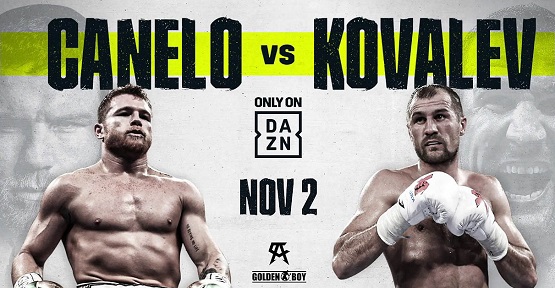
Will the pressure to overcome the bias of Vegas judges drive Kovalev and McGirt to push their luck? Will the Mexican be satisfied with earning yet another dubious decision in his quest for legacy, or will he take full command of the action in the ring? Will Kovalev prove he’s still a force to be reckoned with? Does he have the power to shake Canelo’s sturdy chin? Does the Mexican have the strength to not only get inside but take full advantage when he’s there? You can usually gauge how interesting a fight will be by the number of questions it’s supposed to answer. By this measure, and more, Kovalev vs Canelo has already proven itself and earned our keen attention. Come Saturday night, we’ll be looking for the answers. –Rafael Garcia

